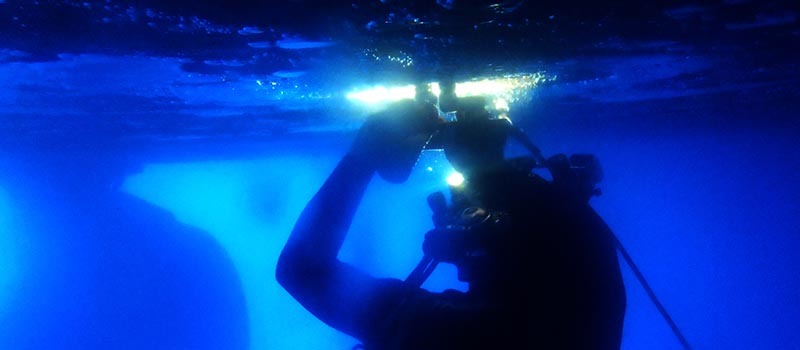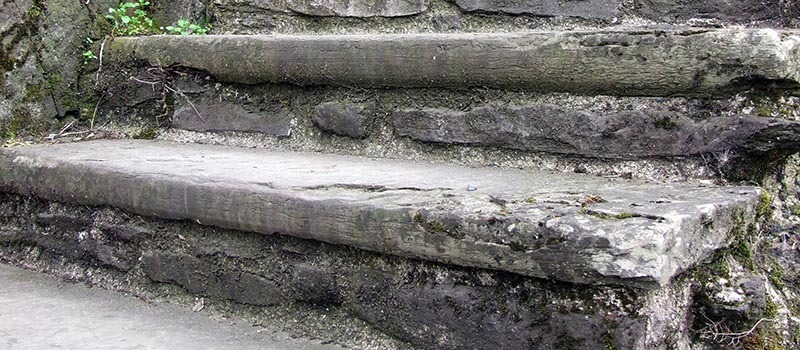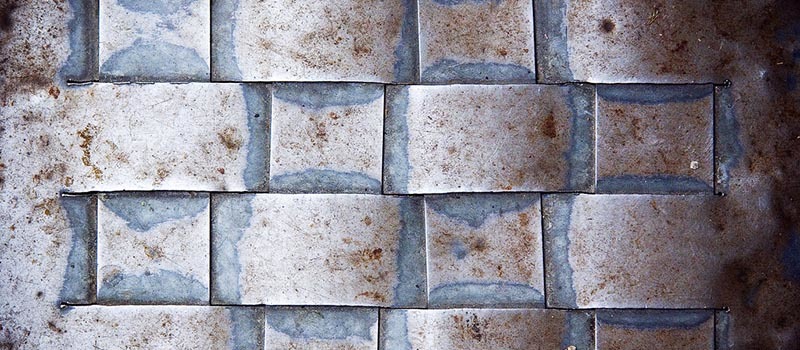Underwater Wet Welding Techniques: 3 Successful Methods
Last Updated on

Welding is easy to learn, but intensely difficult to master.
Great topside welding skill requires great dexterity and solid understanding of metallurgy, machine settings, physics and mechanics. Of course, you may argue none of these are absolutely essential for specific welding jobs, but the majority of welders rely on this knowledge to some extent.
When a topside welder properly compartmentalizes their knowledge, education and experience and funnels it into their work, the result is nothing short of beautiful. Gleaming casts of stacked dimes, layered intricately but subtly so as to only demonstrate their craft to the watchful CWI’s eye.
Underwater wet welding techniques take a different approach: simplicity.
In fact, a completely inexperienced welder may far better than a welding veteran under the tide. Assuming is the first mistake welders make when switching to underwater welding. You can’t assume your weld passes, flux burn, air reaction, visibility or anything else will react as it does on the surface. Because it doesn’t.
An experienced topside welder’s skill won’t actually come into play into a few weeks of training underwater. Only then will they be able to slowly merge their knowledge of topside technique and start to make sense of things.
Even then, simplicity is still key.
Three Methods of Wet Welding
Fundamental underwater wet welding techniques are only performed three ways. These techniques all deal directly with the stick and weld joint in position, angle, speed and other factors.
1. Back Step Welding

Imagine yourself on a dance floor, starting on a line a few feet away from your partner. You begin one step into the line, and then you slide your foot back one step. Then you take a few steps forward and repeat, sliding your foot back a step. You continue this routine until you’ve reached your partner on the other side.
Now transfer this idea to wet welding. You’ll begin about an inch up your weld gap with your electrode, and then slowly pull the stick back to form a small weld puddle. As you continue up the groove, you’ll repeat this method until you’ve reached the end. Each step keeps you conscious of the even gap and temperature of your weld puddle.
Back Step welding is often used on thinner gauge metal, and you can clean up your work if you use it for the last pass on a fillet weld.
2. Backhand or Drag
All stick welding uses this method of pulling your electrode over the gap. In the early stages, maintaining and producing the correct amount of power is quite difficult for underwater welders. Fluctuations in water currents can do strange things to power currents, and you must learn the ideal power for all situations. Once you start to understand current, you can build on a stable “constant” and then move on to perfecting your variables.
Be aware that weld power and current may seem illusive, if not completely impossible to control. You can find the “sweet spot” given enough time through examination and repeated scenarios. In these situations, though, you must keep your other techniques as similar as possible so as not to throw off the whole experiment.
Backhand Bonuses
Fortunately, body position doesn’t matter as much while using the backhand method. Divers work in a three-dimensional environment, where “up” is a matter of opinion. Another great bonus of the backhand method? Continuous electrode contact with the weld. Like an artist with a paintbrush, you can keep painting on various canvases (metal gaps) until you’ve improved your weld quality.
The Power of Two: Angular Practice & Distinction
Beyond power current, underwater welders must understand the concepts of their angles and how they affect their work. Both deal with measurements between your electrode and weld groove. They are even more important in wet welding, since changes in visibility, water temperature and other situations are more prevalent.
Work Angle
We measure the work angle by starting from the electrode and moving at a right angle away from the gap, back on to the metal. It takes the degree of distance these two points.
Adjusting your work angle allows for more or less material to pool into the gap, preserving or overflowing your project. Without proper work angle, your weld will surely suffer from too little or too much metal in one portion or another.
Travel Angle
On the opposite plane, we can measure the travel angle by staring vertically down at the weld gap. It measures the angular degree between the top of the electrode and bottom while welding, determining how far the underwater welder is “bending” their stick while working.
Underwater welders may steepen their angle for more penetration, or broaden it for less. A higher angle will also lessen how quickly you’re able to pull your electrode across the weld groove. Wet welding often calls for a broad angle with a range of 10 degrees, usually around 35 – 45. Keeping it within this range lets air bubbles escape without becoming trapped under hot metal.
3. Vertical Weaving

Wet welding is a different animal since it requires only a small part of the electrode’s surface to touch the weld groove. This also decreases the travel angle.
To perform the vertical weave, an underwater welder must pull and push the electrode point nearest to the stinger in a swing motion. This swing action constantly adjusts the work angle and keeps your motion anchored to the electrode point closest to the your weld groove.
Fillet welds work best for using this type of method, though you can practice with others as well.
Remember that as you perform the vertical weave that it will melt one side of your electrode faster than the other. Think of a student who only colors with one side of a crayon: The crayon will grow sharp at first, but continuous use will cause the wax to break and become of little use later on. Be aware of this side-effect while using vertical weaving. You can sometimes counter this deterioration by turning your wrist over for different positioning.
Three’s Not the Perfect Number
As mentioned, these methods are just the start into the world of underwater wet welding, but simplicity always wins out. The more advanced an underwater welder becomes, the more he or she must hone in their application of welding to keep from jumping to extremes.
All methods are bound by a set of rules. Sticking to these rules helps us focus on these three techniques before we venture to far into the unknown.
How do these techniques differ from topside ways of welding? Tell me in the comments below!
